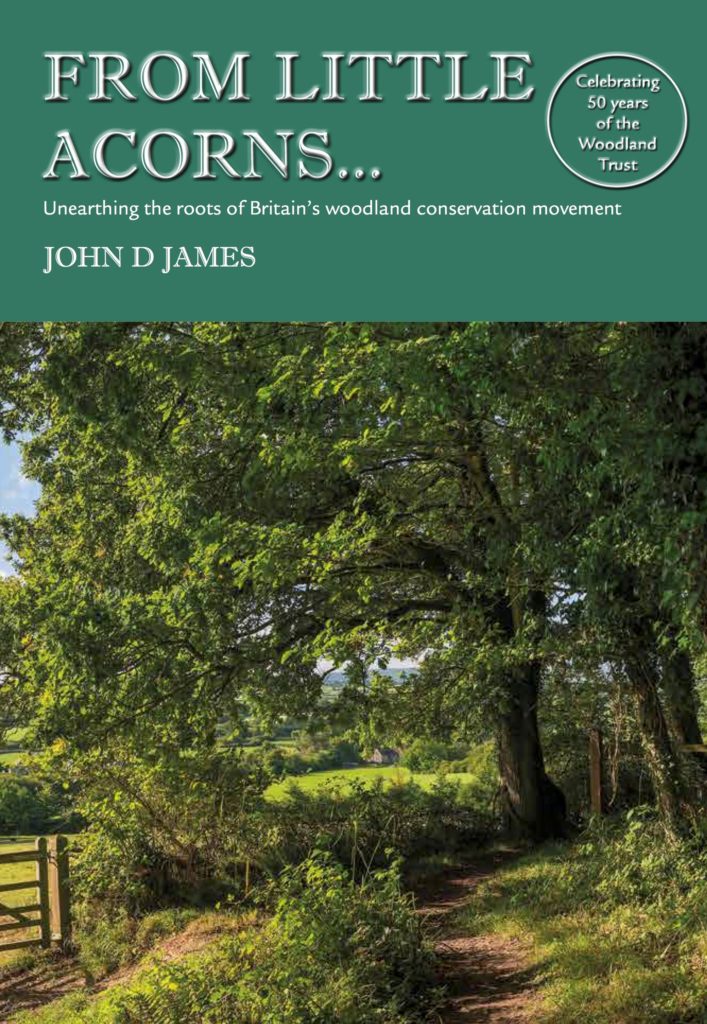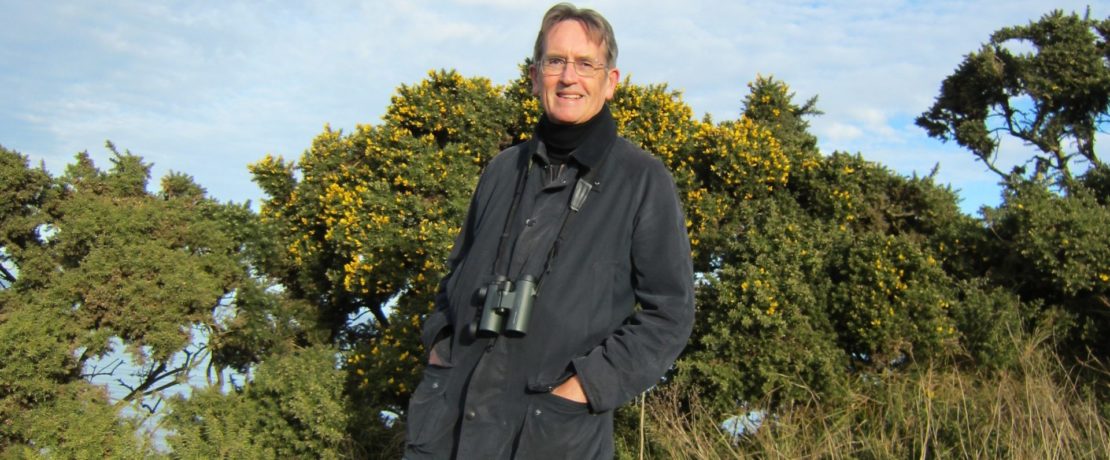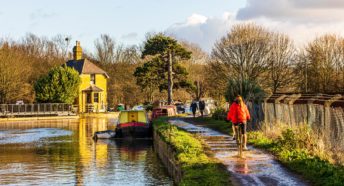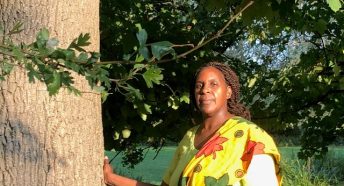Unearthing the roots of Britain’s woodland conservation movement
In 2022, the Woodland Trust celebrates 50 years of campaigning and direct action to preserve and enhance Britain’s woodlands. Former chief executive John D. James reflects on his 20 years at the Trust, and shares passages of his new book ‘From Little Acorns…’
The Woodland Trust was founded in Devon by Kenneth Watkins and celebrates its 50th anniversary on 10 October 2022. I was involved with the Trust for 20 years from 1977 to 1997 – the halfway point in its story – first as national development officer and eventually as chief executive. When I joined, the Trust had acquired 22 woods, mainly in the West Country. When I stepped down 20 years later, it owned over 800 woods throughout the UK. By that time the Trust employed over 150 people and its annual income had increased from £10,000 in 1977 to approaching £15 million.
In 2002, the Woodland Trust was described as one of nature conservation’s ’surprise successes’. Throughout, there was a sense of urgency for the cause of woodland conservation in the face of serious threats. The Trust employed an entrepreneurial and opportunistic approach which was unusual for a charity at that time. For a quarter of a century, it positioned itself ready for the ‘next big thing’ from ‘Plant a Tree in ‘73’ to the Millennium Forest.
I decided to write a history of the Woodland Trust ten years ago when, after attending an event marking the 40th anniversary of the Trust Margaret, my wife remarked how few of those attending seemed to know anything about the start of the Trust.
Getting started
When I joined the trust, jobs in conservation were few and far between. I had a background in marketing but had always been interested in nature and was keen to help the cause. The threats to woods were clear and potential donors could see what was happening around them. Since the end of WWII half of our ancient woodlands had been cleared or damaged by intensive farming and forestry.
As the effects became increasingly obvious, Kenneth Watkins (a founding member of the Devon Naturalists’ Trust – now the Devon Wildlife Trust) decided to start an organisation whose sole concern was woods and trees. For the first five years he was the driving force behind the organisation and used his own money to pump prime woodland acquisitions including the Avon Valley Woods, near Kingsbridge, South Devon. He soon attracted the attention of the Countryside Commission, a relatively new government agency responsible for recreation and landscape.
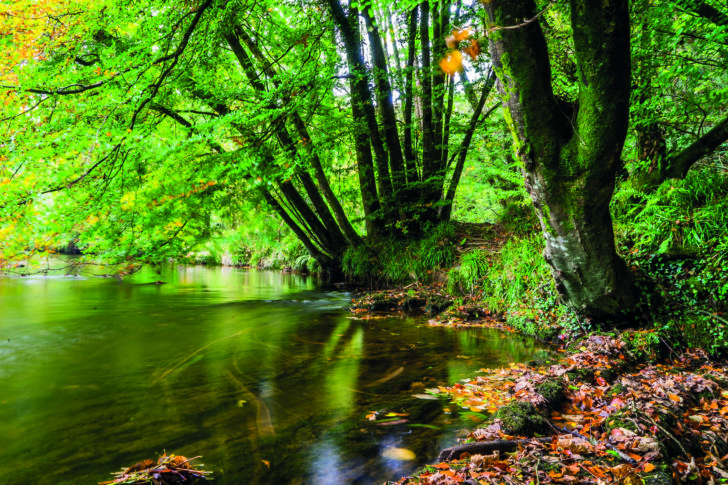
1972 – 1977
‘Over the first five years Kenneth Watkins, virtually singlehandedly, established a template for success nationally. He promoted the Trust’s proposition; supported it financially; and started an embryo membership scheme. Most importantly he got the backing of the Countryside Commission and established a model of acquisition funding that could be repeated throughout the country.’
The Countryside Commission supported my appointment in 1977 and I had three years to establish a firm financial base for the trust. I had a bit of luck even before I started my new job when I was asked by a colleague to compile a series of Brooke Bond picture cards about woods. This promotion would eventually become a major part of ‘Woodland Rescue’ – the Trust’s campaign to save Britain’s woods and trees.
Initially, however, promotions revolved around ‘Plant a Tree for 50p’ a scheme which had evolved out of fundraising for Queen Elizabeth’s Jubilee in 1977. Results from a small advertising campaign gave the trust enough confidence to distribute leaflets in larger publications such as ‘Birds’, the RSPB magazine. By the end of three years, membership was in the low thousands and the trust was ready to employ his first woodland officer, Elizabeth Hamilton.
1977-1982
‘By the end of 10 years the Trust had acquired 80 woods over 23 counties at a cost of £1 million (including £500,000 the previous year), making it one of the largest purchasers of land for conservation. It had begun organising woodland management on a national scale.’
Elizabeth’s job was to build a regional woodland acquisition and management operation and by 1985 five additional Regional Officers were employed. The founder had strong views about woodland management: minimal intervention and a low scale, crafting process that improved public access and provided suitable habitats for wildlife.
At the start of this programme in 1980, the Trust had been approached by the Monument Trust (a Sainsbury family trust) with the idea of starting a Community Woodland and Andy Thompson was employed as the first Community Woodland Officer. He established Pepper Wood along community woodland management principles. By 1989 the programme had expanded to include 12 woods.
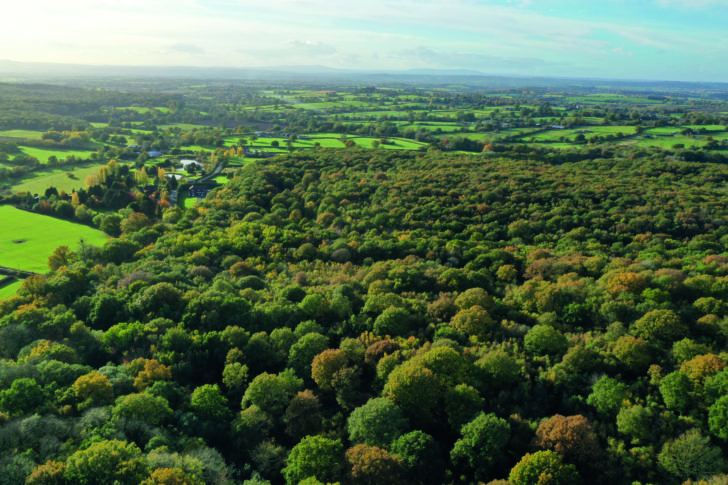
1982-1987
‘At the end of 15 years, the Trust had almost 50,000 members, had raised £7 million for woodland purchases (£1 million in 1987) and planted 50,000 trees. Support for regional development and a growing membership meant that increasing levels of staff were accommodated in new offices in Grantham.’
Community involvement in one form another became an increasingly important part of the Trust’s work. In the late 1980s it became a major player in the Community Forest and New National Forest planned by the Countryside Commission. Initially, however, tree planting had started on a small scale as a result of gifts of land. In the 1970s, few people seemed confident about the process of tree planting and woodland creation. When donations exceeded the amount of land available the Trust launched ‘We lend a hand to plant your land’, a planting scheme to encourage other owners prepared to set some land aside. I recently revisited the first area planted near Crowland in South Lincolnshire where a 40-year-old wood now stands.
1987-1992
‘As the Trust approached its 21st anniversary annual income exceeded £6 million for the first time; almost £2 million had been spent on land acquisition. Supporting the Community Forest programme, the Trust spent £1 million on large-scale woodland creation in just 18 months.’
As staff levels passed 100, governance became an issue. The founder had always felt strongly that the trust should not be seen as a pressure group and yet, almost from the start, organisations such as CPRE, Wildlife Link, the Tree Council and even government agencies, looked to the Trust for support. Over the years a role in Public Affairs developed but it was always an area of tension. By 1997, the Trust owned over 800 woods and was acquiring, on average, a new wood every week, with 300 new woods planned to mark the new Millennium. The £26 million ‘Woods on Your Doorstep’ project enabled the Trust to become established in Northern Ireland. The Founder’s vision of a truly national organisation was fulfilled shortly before his death in 1996. The same year I had been awarded an OBE for services to nature conservation and it seemed a good time to move on – enabling the Trust to reassess its future role.
1972-1997
Over 25 years the Woodland Trust had acquired 842 woods covering 15,657 hectares (38,625 acres) and had 150 supporters. Income in 1997 was almost £15 million making it one of the largest charities in the UK at that time.
From 1997 fewer but larger woods have been acquired. The Trust campaigns to safeguard for ancient woods and has established an even wider roll in community involvement. It has since planted more than 50 million trees and created hundreds of new woods to mark national celebrations and commemorations including the Millennium, the 200th anniversary of the Battle of Trafalgar, the Queen’s Diamond Jubilee and the centenary of the First World War. It also runs an inventory of the country’s ancient trees and a citizen science project recording the first date each year of seasonal wildlife appearances.
The Trust still has its Headquarters in Grantham, and employs 600 people nationwide. It has 1000 woods covering 29,000 hectares in its care, and generates an annual income of over £50 million, and has more than 500,000 supporters. The Trust sees it’s future in protecting and restoring ancient woods and planting and caring for native trees and woods.
From Little Acorns…
You can find out more about John’s time at the Woodland Trust, and get an insight into its fascinating history, by purchasing his new book. ‘From Little Acorns…’ is out now (Mascot Media) – find out more and purchase here.
